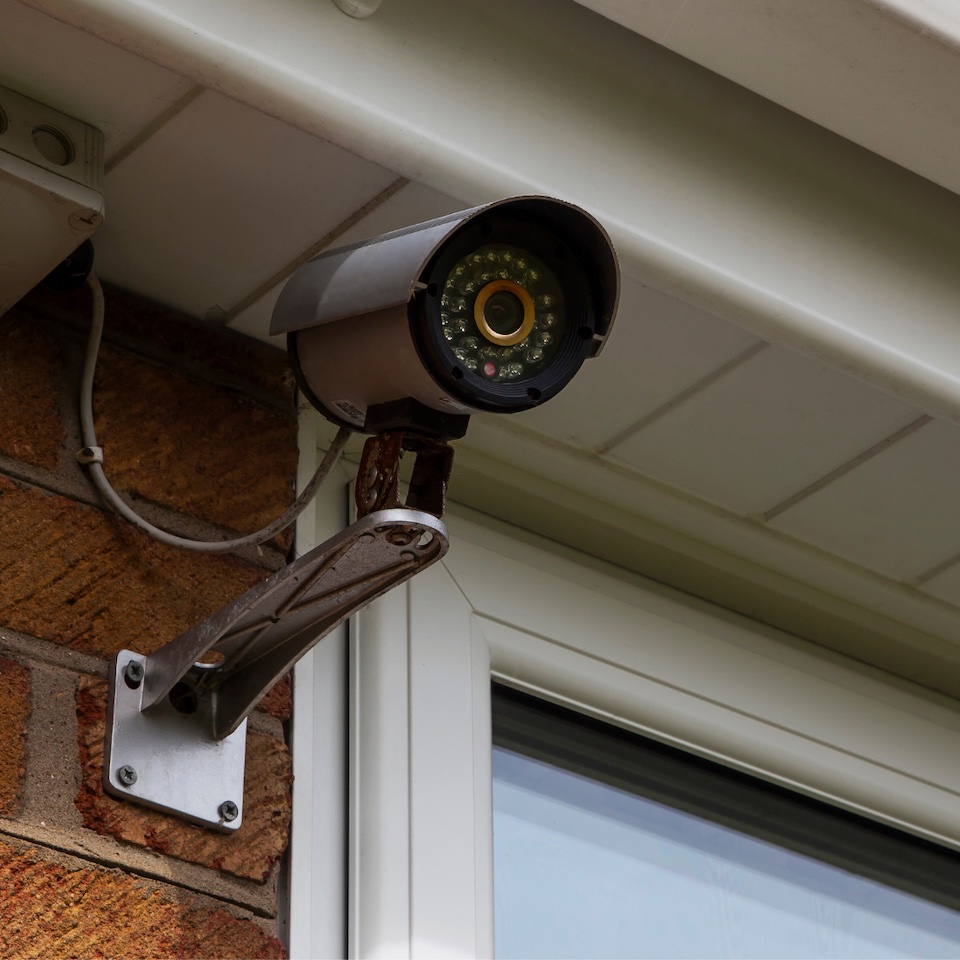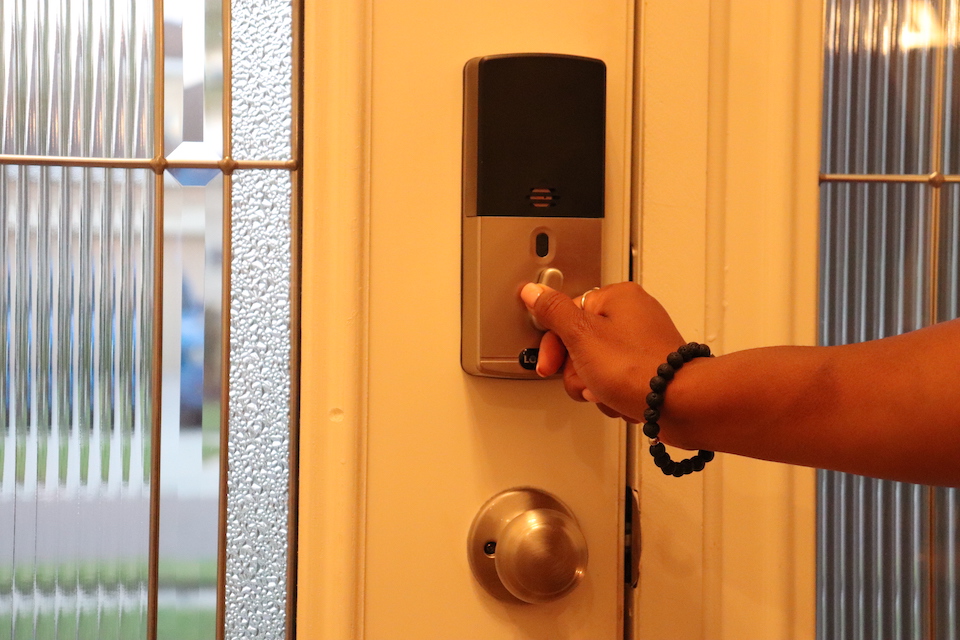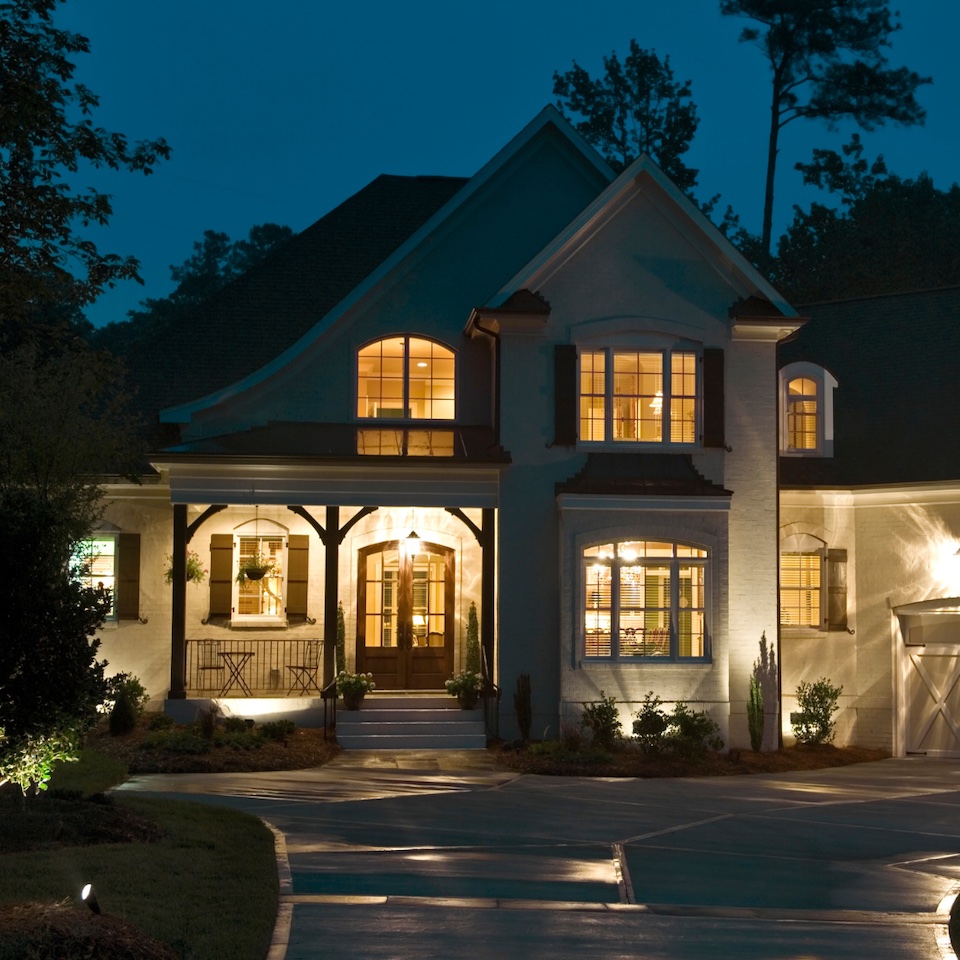Women’s Outdoor News and Avery Skipalis bring you an article on home defense considerations. Home defense is a topic that can be ever-changing and broad. Everyone’s needs are not the same, and the threat can also change. This article will provide some things to consider when developing your home defense plan.
Sponsored by GLOCK
Any good plan needs defined objectives or goals. For the sake of this topic, we will call those the desired effects of home defense, and those are: anticipate, deter, detect, deny, delay and defend. All family members, including children, should be educated on the plan.
Anticipate
This step involves you thinking like a bad guy. Walk the exterior of your home, both during the day and night, and consider how you would break in. Document any vulnerabilities you discover. Reach out to your local police and find out what tactics, techniques and procedures criminals use in your area.
Deter
The goal is to make your home appear to be a hard target, in hopes that criminals will move on to an easier, soft target. Accomplish this by keeping your vegetation trimmed, which limits hiding areas, and installing lighting, cameras and security systems. Dogs can also act as a great deterrent.

Detect
Detection gives you time to prepare and enact your home defense plan. Those lights, cameras and security systems also help you achieve this objective. Motion-sensing cameras can send alerts directly to your smartphone. Dogs’ keen senses will often detect things before you will. Your children can also be great sensors; ensure you instruct them to say something if anything in their environment appears out of place or wrong.

Deny
This component includes keeping your doors and windows locked. Don’t hide keys outside. Also, ensure that your children don’t answer the door for strangers.
Delay
Delaying the threat gives you more time to prepare. This time allows you to enact your home defense plan, arm yourself and call 911. Reinforcing doors and applying security window film can slow criminals from entering your home.
Defend
Defend is the last line of defense. Ensure you know your local laws and if you have a “duty to retreat.” Your laws will significantly impact this element. You should have a plan in place for what actions to take, if the need arises. Everyone in your house should know the plan and rehearse it regularly. Everyone should have an assigned role in this plan; this helps to keep children focused and calm. Their role can be simple; for example, a child’s role could include getting to the safe room and conducting accountability.

An acronym to help aid in your plan development is CRASH. These actions don’t have to flow in this exact order, and some can happen concurrently.
Confirm
Report
Arm
Secure
Harden
1. Confirm the threat is valid.
2. Report the incident by calling 911. Be mindful that this is a recorded line. Therefore, everything you say can later be used in a court of law.
3. Arm yourself. If you have children, your firearm should be securely stored using a means that provides you rapid access should an incident arise. Be sure to review our previous post on firearm storage methods. A quick-access biometric safe is a great option. Home defense situations often happen at night, so ensure that you have a light, either mounted on your firearm or handheld. Flashlights aid in positively identifying your target.
4. Secure your family. This may involve you barricading in place or moving to another room. Your room should be easily defendable, have cell service and items to barricade the door.
5. Harden your location by barricading the door. Also, use any item that can provide cover.

Hopefully, this article provided some valuable information to help keep your family safe inside your home. Remember, have a plan, and practice it.
Avery Skipalis is the owner of Skip’s Tactical Solutions, an organization that focuses on empowering women, men and children to make sure that no one else becomes a victim. She gained her firearms experience from the military where she’s been a military firearms instructor for 10.5 years. She’s also a certified NRA rifle and pistol instructor and Glock Advanced Armorer since 2015. She’s attended Sig Sauer Academy, FNH, Special Operations Command Armorers courses as well as multiple Advanced Shooting Schools across the United States. She resides in Florida with her husband and 2 kids. She’s currently serving in the United States Air Force and loves sharing her passion with others. She thinks it’s important that women also feel like they’re in control of their own safety. View all posts by Avery Skipalis